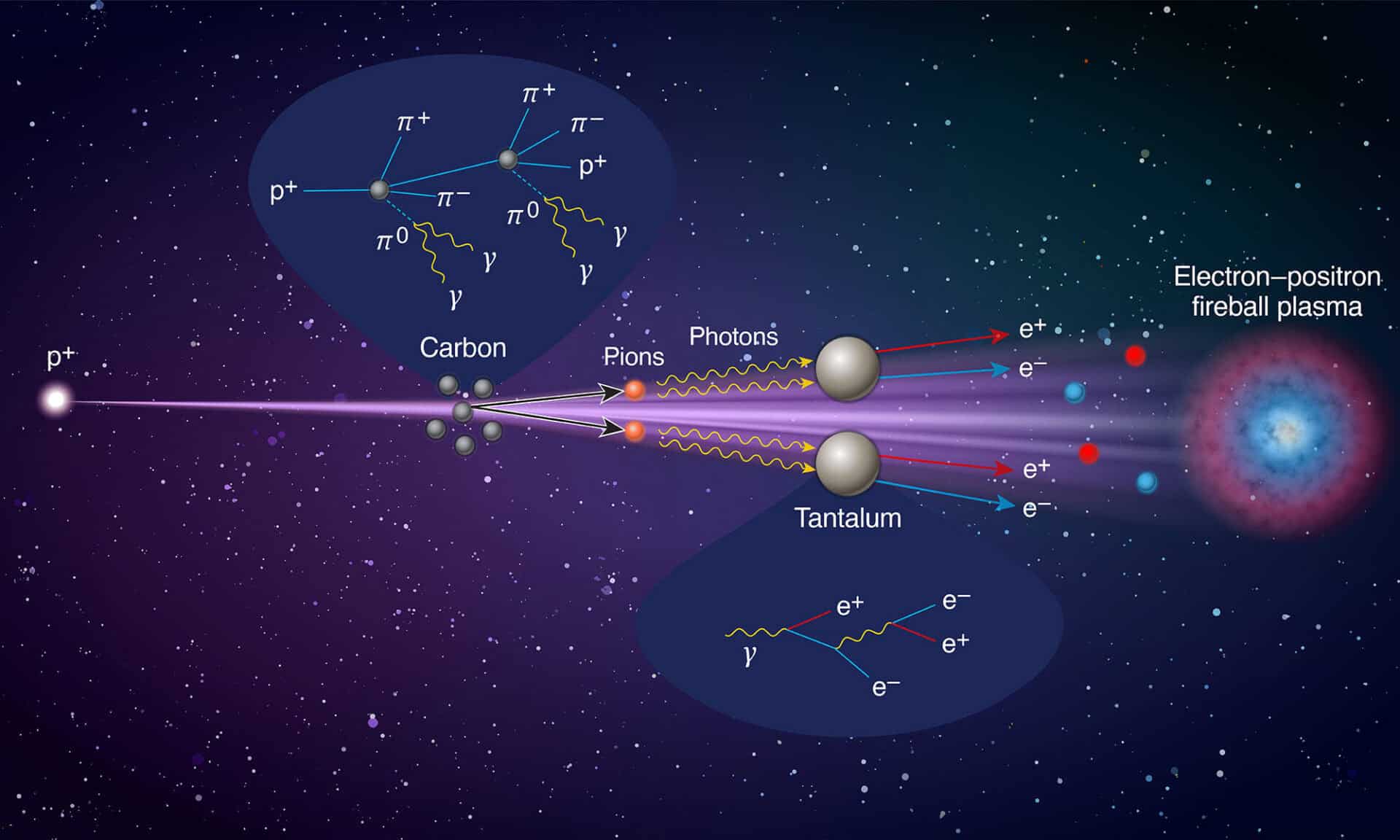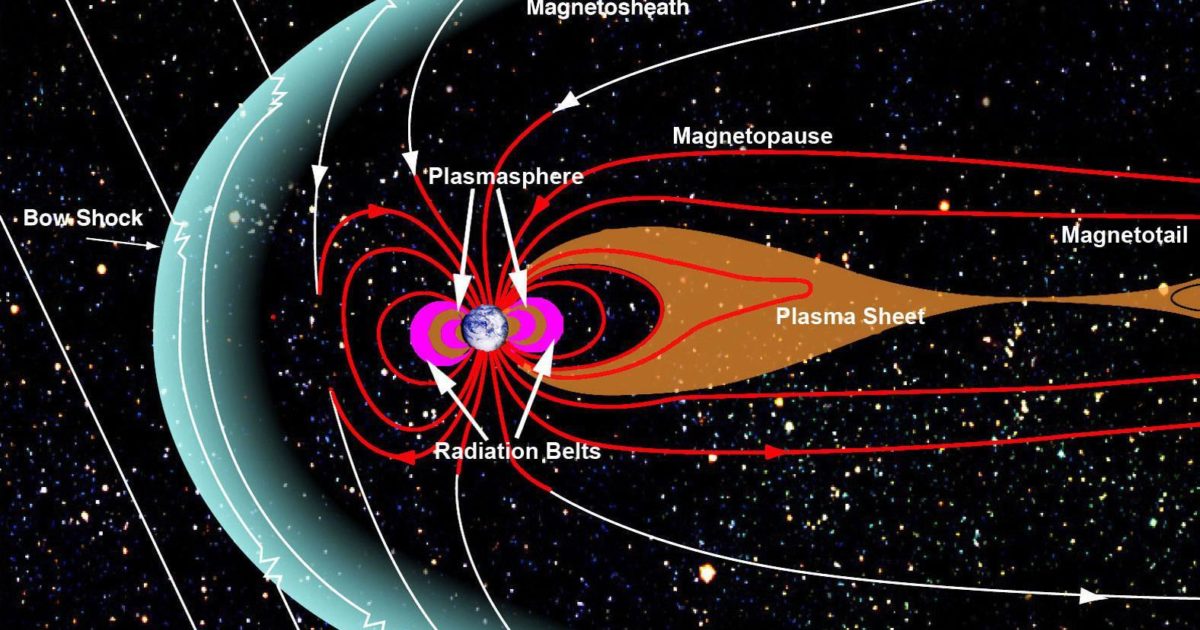Plasma is often referred to as the “fourth state of matter,” alongside solids, liquids, and gases. It is a highly energized gas composed of a collection of charged particles (ions and electrons). Plasma is found in a variety of natural and artificial environments, from stars and nebulae to laboratory experiments and industrial processes.
Properties of Plasma
- Ionization: Plasma is characterized by a high degree of ionization, meaning that a significant portion of its atoms have lost or gained electrons.
- Collective Behavior: Unlike gases, which are composed of individual particles, plasma exhibits collective behavior due to the long-range electromagnetic forces between its charged particles.
- Magnetohydrodynamics (MHD): The behavior of plasma is often described using magnetohydrodynamics, which combines the principles of fluid dynamics and electromagnetism.
Applications of Plasma Physics
Plasma physics has a wide range of applications in various fields:
- Fusion Energy: Scientists are working to harness the power of nuclear fusion, a process that involves fusing atomic nuclei to release immense amounts of energy. Plasma is essential for creating and controlling the conditions necessary for fusion reactions.
- Space Physics: Plasma plays a crucial role in the behavior of the sun, solar wind, and planetary magnetospheres. Understanding plasma physics is essential for studying these phenomena.
- Material Processing: Plasma is used in various material processing techniques, such as plasma etching and plasma deposition, to create and modify materials at the nanoscale.
- Electronics: Plasma is used in the manufacturing of electronic devices, such as flat-screen TVs and computer chips.
- Medicine: Plasma is used in medical treatments, such as plasma sterilization and wound healing.
Challenges and Future Directions
Despite its many applications, plasma physics remains a complex and challenging field. Researchers continue to explore new aspects of plasma behavior and develop innovative applications. Some of the current challenges and future directions in plasma physics include:
- Fusion Reactor Development: Achieving controlled fusion for energy production remains a major scientific and technological challenge.
- Space Weather Forecasting: Understanding plasma dynamics in the solar system is crucial for predicting and mitigating the effects of space weather events.
- Plasma-Based Technologies: Developing new plasma-based technologies for various industries, such as materials science and medicine.
Plasma physics is a rapidly evolving field with the potential to revolutionize many aspects of our lives. As researchers continue to explore the properties and applications of plasma, we can expect exciting advancements in the years to come.



